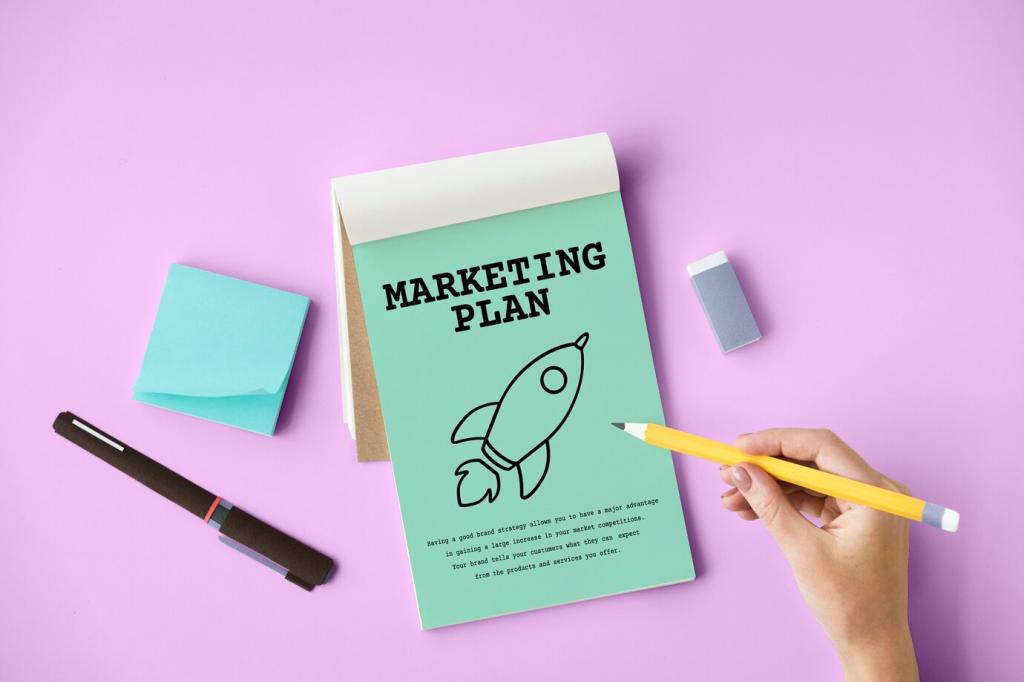Microcopy for Tours, Catalogs, and Captions
Open tours with a compass: where we are, what to notice, and why it matters. “Turn left to the clerestory-lit stair; watch how the railing echoes the kitchen ribbing.” End with a breadcrumb to the next room. Share a single-sentence tour anchor; we’ll test its pull.
Microcopy for Tours, Catalogs, and Captions
Lead with use, not stock specs. “A table that forgives watercolor experiments and hosts unrushed Sunday spreads.” Follow with materials, finishes, and maintenance. Use comparative phrasing to position alternatives. Drop one of your product blurbs below, and we’ll suggest a more feeling-forward opening line.






